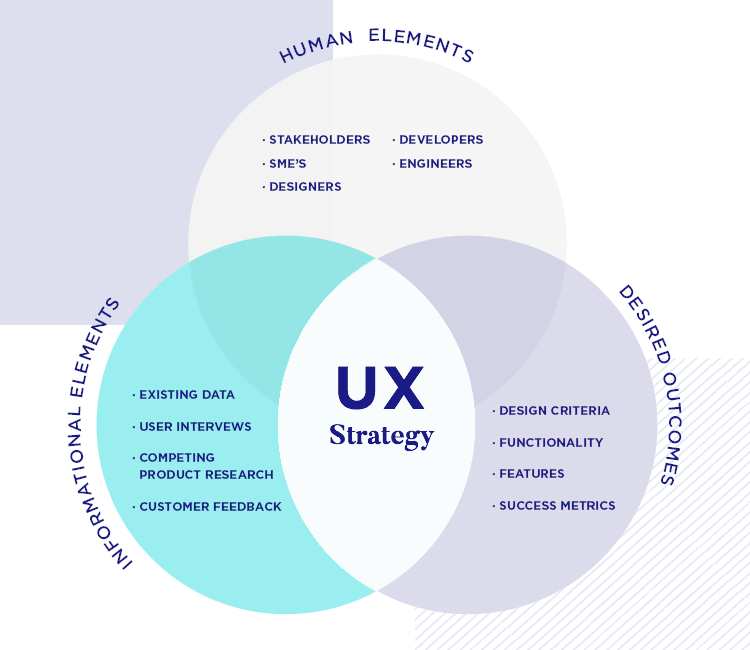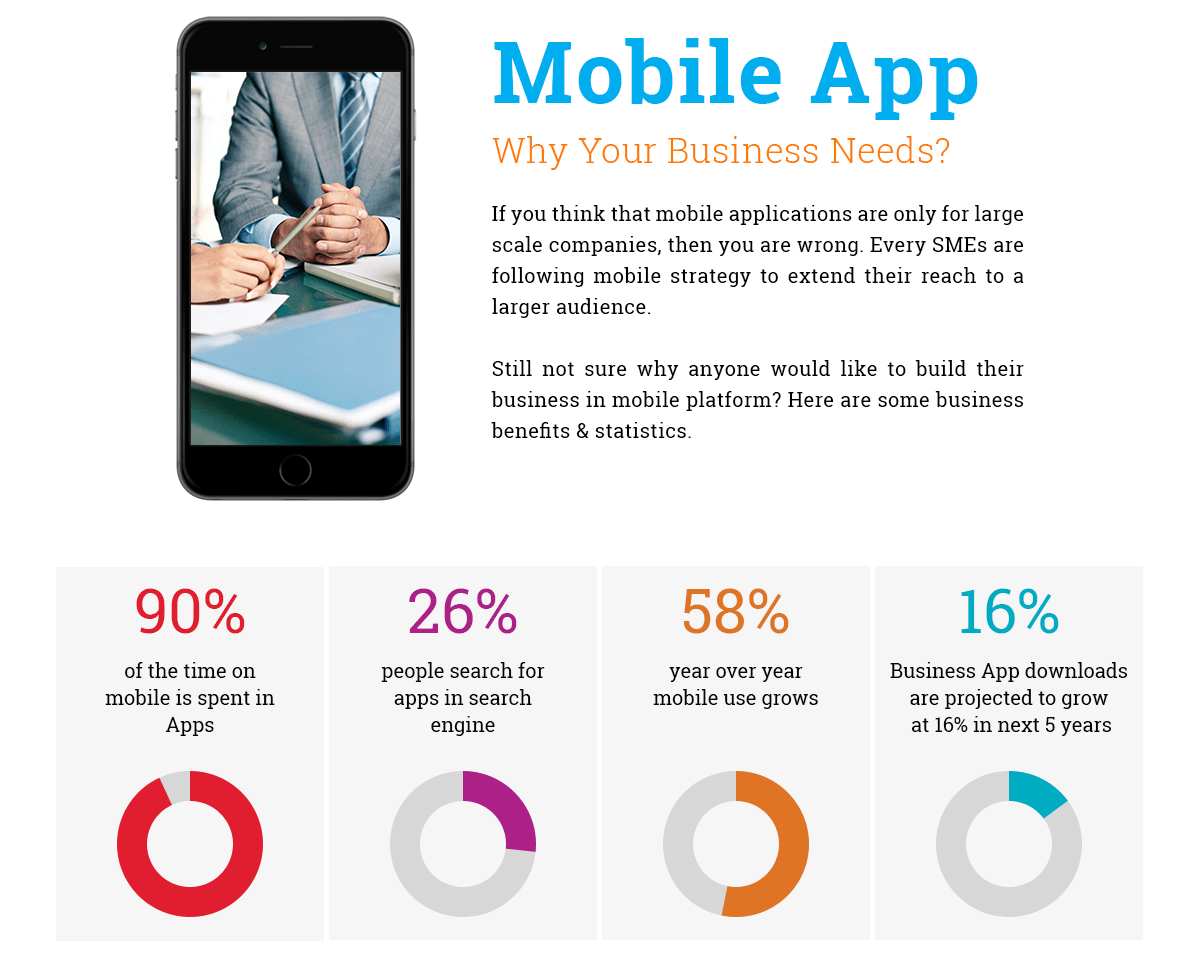Data analytics is at the heart of modern businesses enabling organizations to make informed decisions and gain a competitive edge. To truly grasp the essentials of data analytics architecture it’s crucial to understand the terminology associated with it. In this guide we’ll break down the most important terms in the field of data analytics architecture in a way that’s straightforward and human. Plus we’ll answer common questions and provide insights from experts like Tamer Badr the owner of Singleclic.
What is Data Analytics Architecture?
Data analytics architecture refers to the framework of tools technologies and methods used to collect store analyze and interpret data. It ensures smooth data flow across systems enabling better decision-making and insights. A well-built architecture optimizes performance and scalability while maintaining security and compliance.
Advanced Analytics Architecture
Advanced analytics architecture is a structured framework that integrates various data sources, analytical tools, and machine learning models to extract meaningful insights. It enables organizations to process large volumes of structured and unstructured data, applying techniques like predictive modeling, data mining, and AI-driven analytics. A well-designed advanced analytics architecture ensures scalability, real-time data processing, and seamless integration with business intelligence platforms, empowering decision-makers with accurate, data-driven insights.
Cloud Analytics Architecture
Cloud analytics architecture leverages cloud computing technologies to store, process, and analyze vast amounts of data efficiently. It eliminates the need for on-premise infrastructure, offering flexibility, scalability, and cost-efficiency. Cloud-based analytics solutions incorporate data lakes, distributed computing, and serverless processing to support real-time and batch analytics. With built-in security, AI capabilities, and easy integration with third-party applications, cloud analytics architecture enhances accessibility and performance for businesses of all sizes.
Predictive Analytics Architecture
Predictive analytics architecture is designed to facilitate data-driven forecasting by incorporating machine learning algorithms, statistical models, and historical data. It involves data collection, preprocessing, model training, and deployment of predictive insights to optimize business operations. A strong architecture for predictive analytics ensures accuracy, automation, and the ability to process real-time data streams, helping organizations anticipate market trends, customer behavior, and operational risks.
Architecture Services
Architecture services encompass the design, development, and optimization of IT infrastructures, ensuring efficient data flow, security, and system scalability. These services include cloud migration, data architecture planning, enterprise system integration, and analytics framework development. By leveraging best practices and modern technologies, architecture services help businesses create robust, high-performance environments that support digital transformation and advanced analytics initiatives.
Big Data Glossary
A big data glossary is a comprehensive collection of terms and definitions related to big data technologies, analytics, and infrastructure. It includes essential concepts such as data lakes, Hadoop, distributed computing, ETL (Extract, Transform, Load), machine learning, and real-time analytics. A well-structured big data glossary serves as a valuable resource for professionals, enabling them to understand industry terminology and stay up to date with emerging trends in data science and analytics.
People Are Always Asking: Why Is Understanding Data Analytics Architecture Terms Important?
Understanding the key terms in data analytics is like learning the language of your business. Whether you’re a data analyst a CEO or a developer a shared vocabulary improves communication boosts collaboration and enhances the value derived from data investments.
Core Terms in Data Analytics Architecture
Data Warehouse
A data warehouse is a centralized repository designed for storing and analyzing large amounts of data from multiple sources. It’s optimized for querying and reporting rather than day-to-day operations.
Pros
- Handles large datasets effectively
- Integrates data from multiple sources
Cons
- High implementation cost
- Requires skilled personnel for maintenance
“Choosing the right data warehouse should align with your business goals and scalability needs” – Tamer Badr
Data Lake
A data lake is a storage solution that holds raw unprocessed data in its native format. It supports structured and unstructured data making it ideal for big data projects.
Benefits
- Cost-effective for massive datasets
- Flexible for multiple analysis types
Drawbacks
- Risk of becoming a data swamp if unmanaged
- Requires advanced tools for processing
ETL (Extract Transform Load)
ETL refers to the process of extracting data from sources transforming it into a usable format and loading it into a destination system like a data warehouse.
Strengths
- Improves data consistency
- Useful for analytics and reporting
Weaknesses
- Time-consuming
- Complex to implement
Data Pipelines
A data pipeline automates the movement of data between systems ensuring it flows seamlessly and efficiently.
Benefits
- Reduces manual effort
- Ensures real-time data availability
Limitations
- Can be expensive to set up
- Complex dependencies
“A well-maintained data pipeline is the backbone of any modern analytics strategy” – Tamer Badr
Metadata
Metadata is data about data describing its structure origin and context. It’s essential for data governance and compliance.
Advantages
- Enhances data discoverability
- Helps in compliance management
Challenges
- Requires regular updates
- Managing metadata at scale is complex
Data Visualization
Data visualization involves presenting data in graphical formats like charts graphs and dashboards to make insights easier to understand.
Benefits
- Improves decision-making
- Easy to share and interpret
Issues
- Misleading visuals if poorly designed
- Limited scope for large datasets
How to Choose the Right Tools?
When selecting tools for your data analytics architecture consider:
- Business Goals: Align tools with your specific objectives
- Scalability: Ensure the system can grow with your data needs
- Ease of Use: Choose user-friendly solutions
Common FAQs About Data Analytics Architecture
What is the difference between a data warehouse and a data lake?
A data warehouse stores processed structured data for analysis while a data lake holds raw data in its native format.
Is ETL better than ELT?
It depends on your use case. ETL is better for legacy systems while ELT suits modern cloud platforms.
Reviews and Expert Opinions
Customer Review:
“Singleclic helped us redesign our data architecture from the ground up. The glossary provided during the process was incredibly useful in understanding the concepts involved” – Mary D IT Director at XYZ Corp.
Expert Quote:
“At Singleclic we believe clarity in terminology is foundational to any successful data strategy” – Tamer Badr.
Conclusion
The world of data analytics architecture can feel overwhelming at first but understanding the key terms simplifies the journey. From data warehouses to pipelines and metadata every concept plays a role in ensuring your data works for you.
Whether you’re starting out or looking to optimize your existing systems knowing the terminology is a great first step.
For more resources check out Singleclic’s Data Analytics Guide.








One Response
Awsome blog! I am loving it!! Will come back again. I am taking your feeds also.